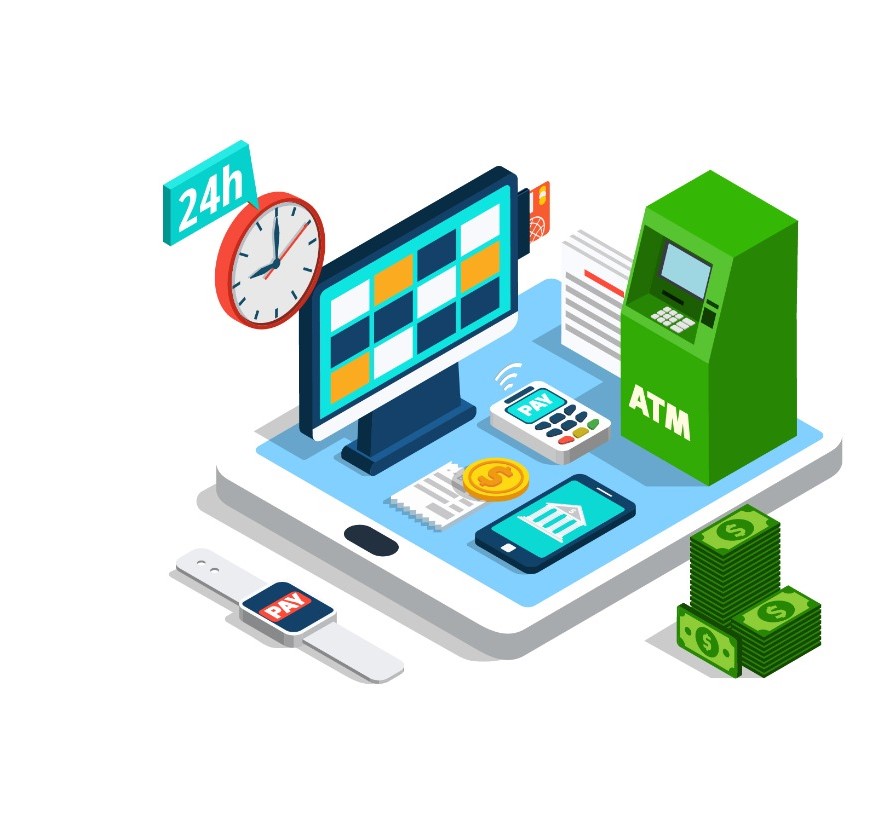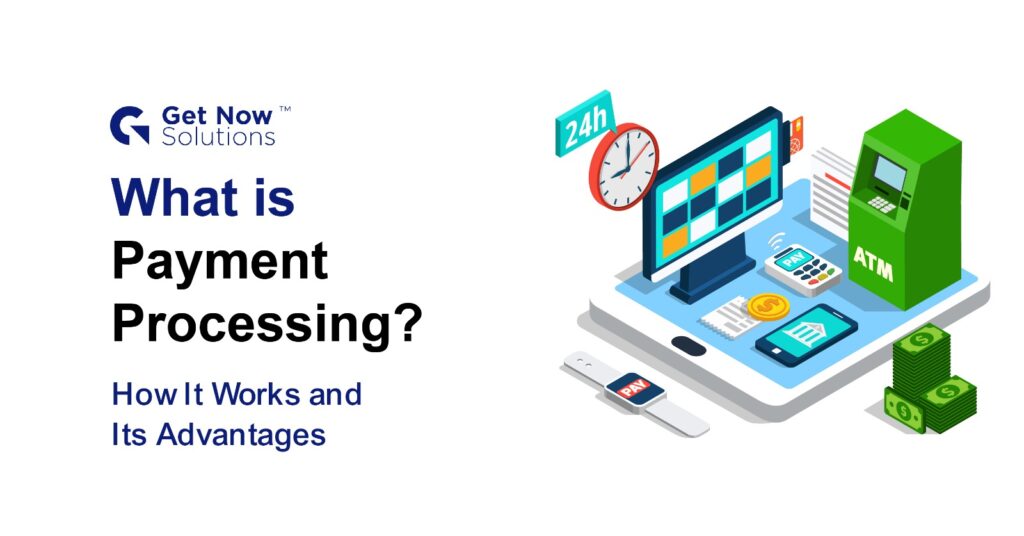
Payment Processing
In today’s digital world, businesses and consumers rely on seamless financial transactions, making payment processing an essential component of any transaction. Whether you are shopping online or paying for a coffee at your favorite café, payment processing is the system that ensures your payment goes through securely and efficiently. This blog will explore the meaning of payment processing, how it works, and its advantages for businesses and consumers alike.
What is Payment Processing?
Payment processing refers to the series of steps that happen behind the scenes when a customer makes a payment to a merchant. It includes the validation, approval, and transfer of funds from the customer’s account to the merchant’s account. The process involves various entities, such as payment gateways, acquiring banks, issuing banks, and payment processors, that ensure secure and accurate transactions.
Payment processing can occur through different methods, including credit cards, debit cards, mobile wallets, bank transfers, and even cryptocurrencies. As online shopping and contactless payments become more common, payment processing has become increasingly vital for businesses of all sizes.

How It Works
The payment process involves several key players and steps that ensure the smooth transfer of funds:
- Customer Initiates a Payment: The process begins when a customer selects goods or services and opts to pay using a credit card, debit card, or another form of digital payment.
- Payment Gateway: A payment gateway is a tool that securely transfers payment information from the customer to the acquiring bank. It acts as a bridge between the merchant and the bank. When the customer enters their card details, the payment gateway encrypts the data and sends it for processing.
- Merchant’s Acquiring Bank: The acquiring bank (also known as the acquirer) is the financial institution that processes credit and debit card transactions on behalf of the merchant. It sends the transaction information to the customer’s issuing bank to request authorization.
- Customer’s Issuing Bank: The issuing bank is the bank that issued the customer’s credit or debit card. It verifies the transaction, checks if the customer has sufficient funds, and either approves or declines the payment.
- Approval or Decline: Once the issuing bank approves or declines the transaction, the response is sent back through the payment gateway to the merchant. If approved, the funds are reserved for the transaction.
- Settlement: After the approval, the funds are transferred from the customer’s bank account to the merchant’s account. This process is called settlement, and it usually takes 1 to 2 business days.
Benefits of Payment Processing
- Speed and Efficiency: Payment processing allows for instant or near-instant transactions, making it easy for businesses to receive payments quickly. This is particularly beneficial for online stores, where customers expect fast checkout and confirmation.
- Security: Modern payment processing systems use advanced encryption and fraud detection tools to ensure secure transactions. Features like tokenization and two-factor authentication protect sensitive information, reducing the risk of data breaches.
- Convenience for Customers: Payment processing enables businesses to offer multiple payment options, such as credit cards, debit cards, mobile payments, and digital wallets. This flexibility makes it easier for customers to pay using their preferred method, enhancing the shopping experience.
- Global Reach: With payment processing, businesses can expand their customer base beyond geographical boundaries. Payment processors support multiple currencies and international payments, making it easier for businesses to operate globally.
- Better Cash Flow: Since funds are processed and transferred quickly, businesses can maintain better cash flow and manage their operations more efficiently. This is especially important for small businesses and startups.
- Reporting and Analytics: Many payment processors offer detailed reports and analytics that help businesses track their sales, identify trends, and optimize their payment systems. This data can be useful for improving customer experience and making informed business decisions.
Conclusion
Payment processing is the backbone of any modern transaction, whether it’s happening online or in a brick-and-mortar store. It ensures that payments are fast, secure, and efficient, benefiting both businesses and customers. By understanding how payment processing works and leveraging its advantages, businesses can streamline operations, offer better services to customers, and stay competitive in today’s digital economy.
As technology continues to evolve, payment processing systems will likely become even more advanced, offering faster, safer, and more convenient solutions for everyone.












